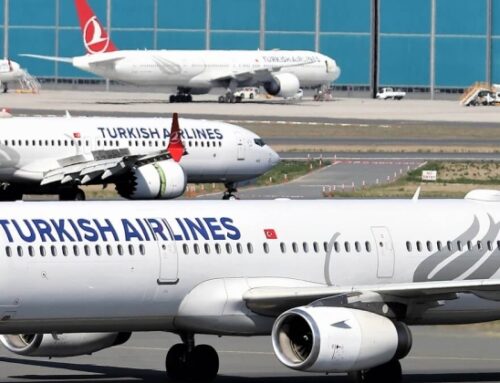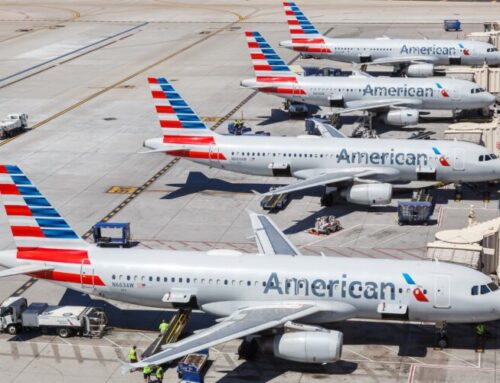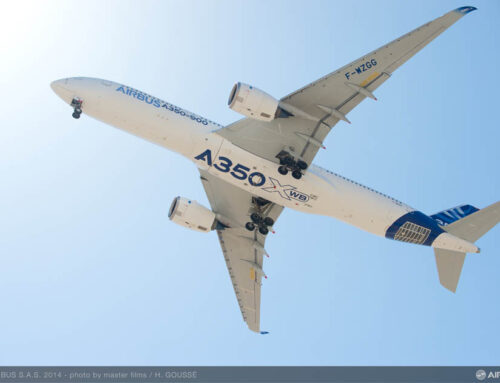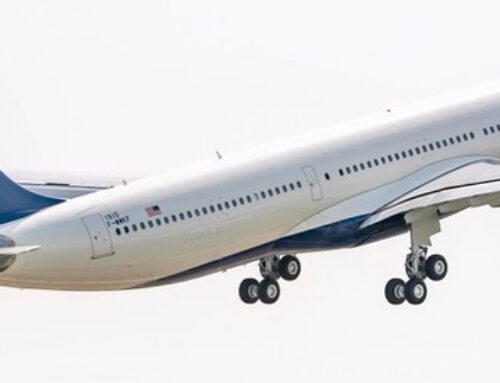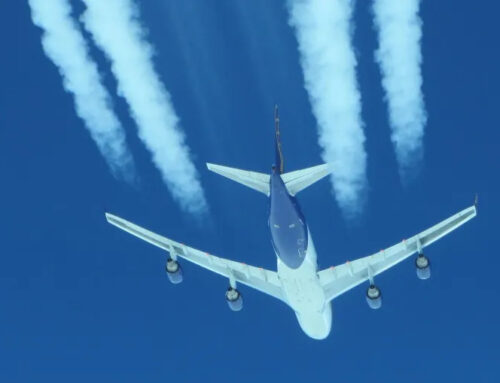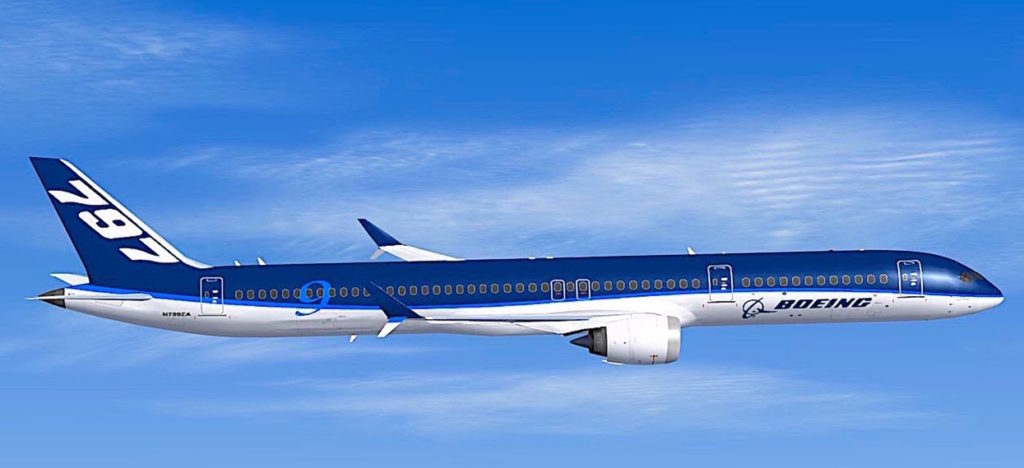
The Covid epidemic changed the air transport landscape drastically. Small jets are in, big jets are out. During 2020 and 2021 airlines have been taking delivery and ordering mainly single-isle jets. Looking forward to 2025 and beyond, should Boeing invest in its 797 New Midsize Airplane (NMA) project or replace it’s best selling 737 with a brand new 150 to 250 seat design using 787 and 777X technologies?
With the Boeing 737 MAX disaster having serious repercussions on delivery and sales, research shows that Boeing might scrap the 797 NMA program to make a new version of the 737 instead, the FSA. With a new CEO has to fix the inherent flaws with the 737 program that actually has a large customer base, as opposed to a new aircraft such as the 797 NMA which may have a limited market.
The Future Small Airplane (FSA) 737 replacement investment would enable Boeing to compete effectively against the Airbus A320 series and the new Comac C919 rival from China, and upstage them both. As of August 2020, the A320neo family aircraft backlog stood at 5,591 planes, with 7,468 orders and 1,877 deliveries as of July 2021. Meanwhile, Boeing 737 MAX orders stood at 4,364 and backlog at 3,929 aircraft. Clearly the A320 is the preferred jet of the global carriers.
The 737 is Boeing’s biggest selling aircraft, and is the bread and butter of its commercial aircraft business with over 14,000 sold as of February 2021. The world is crying out for an overhaul of the 737, and is in far more need of that than of this mythical 797 right now.
| Model | Net Orders | Delivered | Backlog |
| 737-100/200 Original | 1,144 | 1,144 | |
| 737-300/400/500 Classic | 1,988 | 1,988 | |
| 737-600/700/800/900 NG | 7,074 | 6,981 | 93 |
| 737 MAX | 4,364 | 435 | 3,929 |
(Orders as of February 19, 2021. Deliveries as of February 10, 2021)
It is time to let go of the good old 737 design. The main problem with the 737 MAX is that it’s based on a 70-year-old airframe from the 1960s redesigned and re-engined three times. Over the years, the 737 has been tweaked and wiggled to evolve from the 1960s Classic to the NG and eventually to the MAX. The superior range and efficiency of the MAX was only achievable thanks to those big, efficient engines; much bigger engines than were originally intended for that plane.
This subsequently meant things had to be done to the plane itself in order to accommodate said engines. Center of gravity shift was compensated for with MCAS, the engines were flattened on the bottom for ground clearance and various other aspects were twiddled with in order to make it work.
The Future Small Airplane (FSA)
The Future Small Airplane, or FSA, is a top-secret project that could produce a successor to the 737 MAX. Boeing has reportedly been discussing it quietly with some airlines around the world, but what do we know about the FSA so far?
Boeing are working hard to keep the details of this little jet under wraps, and clearly there is still a long way to go before it’s officially launched as part of its project lineup. However, there are a few things we can expect to see in any new iteration at the short-haul end of Boeing’s spectrum.
We would expect it to sit in the middle to top end of the current 737 MAX specifications in terms of passenger capacity. Somewhere in the in the 160 to 240 passenger range would be likely, making it slightly more capacious than the MAX 7, and just under the 787-8 with 248 passengers:
- 737-7 MAX 153 to 172 passengers
- 737-8 MAX & MAX 200 178 to 210 passengers
- 737-9 MAX 193 to 220 passengers
- 737-10 MAX 204 to 230 passengers
The FSA will be capable of being efficient on those shorter, high-density routes, but also able to have fuel tanks added to extend its range and keep it competitive with the competition, up to 5,000 nmi / 9,260 km. The 737 MAX has a maximum range of 3,550 nmi / 6,570 km with its 737-7 and -8 MAX.
Boeing’s main competition is Airbus with its A320neo and A321neo aircraft, originally developed in the mid-1980s. The A320neo is re-engined with CFM LEAP-1A or Pratt & Whitney PW1000G engines with 15% to 20% more fuel efficient than the original A320. The A321XLR for the top end of its product line with 180 to 220 passenger capacity, and a max range of 4,700 nmi / 8,700 km.
Airline interest has been very serious. United Airlines announced an order to purchase 50 new Airbus A321XLR aircraft in December 2019, with deliveries beginning in 2024, to replace their Boeing 757-200 fleet. American Airlines converted 30 A321neo orders to XLRs and ordered an additional 20 XLRs. By April 2020, 450 orders for the XLR had been received from 24 customers.
Meeting the passenger capacity and range shouldn’t be too hard for Boeing by using the 787 and 777X carbon-fiber fuselage and wing technologies. A stretch on the 150 to 220 passenger airframe should put it within the maximum passenger capacity of the A321neo of 240.
Looking at current aircraft sales trends, there is a strong possibility that the 797 New Midsize Airplane (NMA) will be dropped by Boeing in favor of working on the FSA instead to replace its old 737 design.
I predict that Boeing will no longer offer the 797 aircraft, but it will develop the 737 successor instead with 160 to 240 passengers. An announcement should come in late 2022, early 2023, right now, Boeing has an awful lot on its plate with the 737 MAX, 787 manufacturing issues and the certification of its 777-9.

